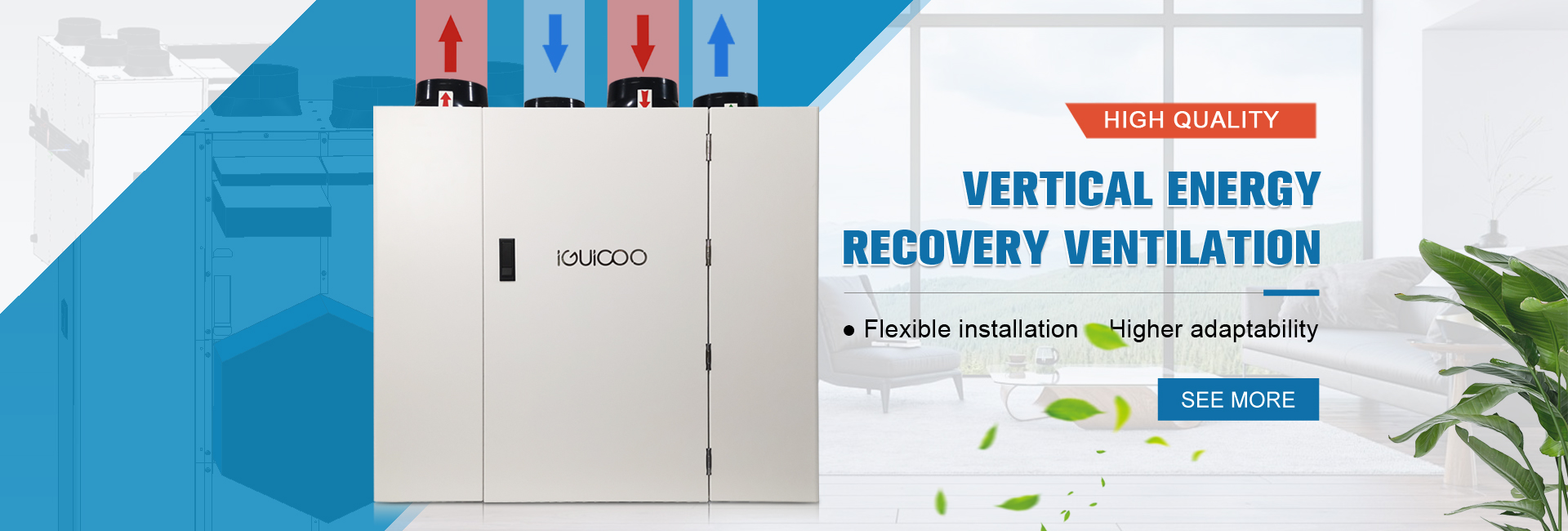installing an HRV (heat recovery ventilation) system in an attic is not only possible but also a smart choice for many homes. Attics, often underutilized spaces, can serve as ideal locations for heat recovery ventilation units, offering practical benefits for overall home comfort and air quality.
Heat recovery ventilation systems work by exchanging heat between stale indoor air and fresh outdoor air, making them perfect for maintaining healthy airflow while preserving energy. Placing an HRV in the attic keeps the unit out of living spaces, saving room and reducing noise. This is especially valuable in smaller homes where space is limited.
When installing heat recovery ventilation in an attic, proper insulation is key. Attics can experience extreme temperature fluctuations, so ensuring the unit and ductwork are well-insulated prevents condensation and maintains the efficiency of heat recovery ventilation. Sealing gaps in the attic also helps the system function optimally, as air leaks can disrupt airflow and reduce heat exchange effectiveness.
Another advantage of attic installation is easier duct routing. Heat recovery ventilation requires ducts to distribute fresh air and expel stale air throughout the house, and attics provide convenient access to ceiling and wall cavities, simplifying ductwork installation. This minimizes damage to existing structures compared to installing heat recovery ventilation in finished living areas.

Regular maintenance is essential for attic-mounted heat recovery ventilation systems. Checking filters, cleaning coils, and ensuring proper airflow prevent dust buildup and keep the system running efficiently. Attics are accessible enough for these tasks, making upkeep manageable for homeowners or professionals.
Attic installation also protects the heat recovery ventilation unit from daily wear and tear. Being away from high-traffic areas reduces the risk of damage, extending the system’s lifespan. Plus, attic placement keeps the unit away from moisture sources like bathrooms, further safeguarding its components.
In conclusion, installing HRV in an attic is a viable and beneficial option. It maximizes space, enhances efficiency, and simplifies installation—all while leveraging the power of heat recovery ventilation to improve indoor air quality and reduce energy costs. With proper insulation and maintenance, an attic-mounted heat recovery ventilation system can be a long-lasting, effective solution for any home.
Post time: Aug-20-2025







